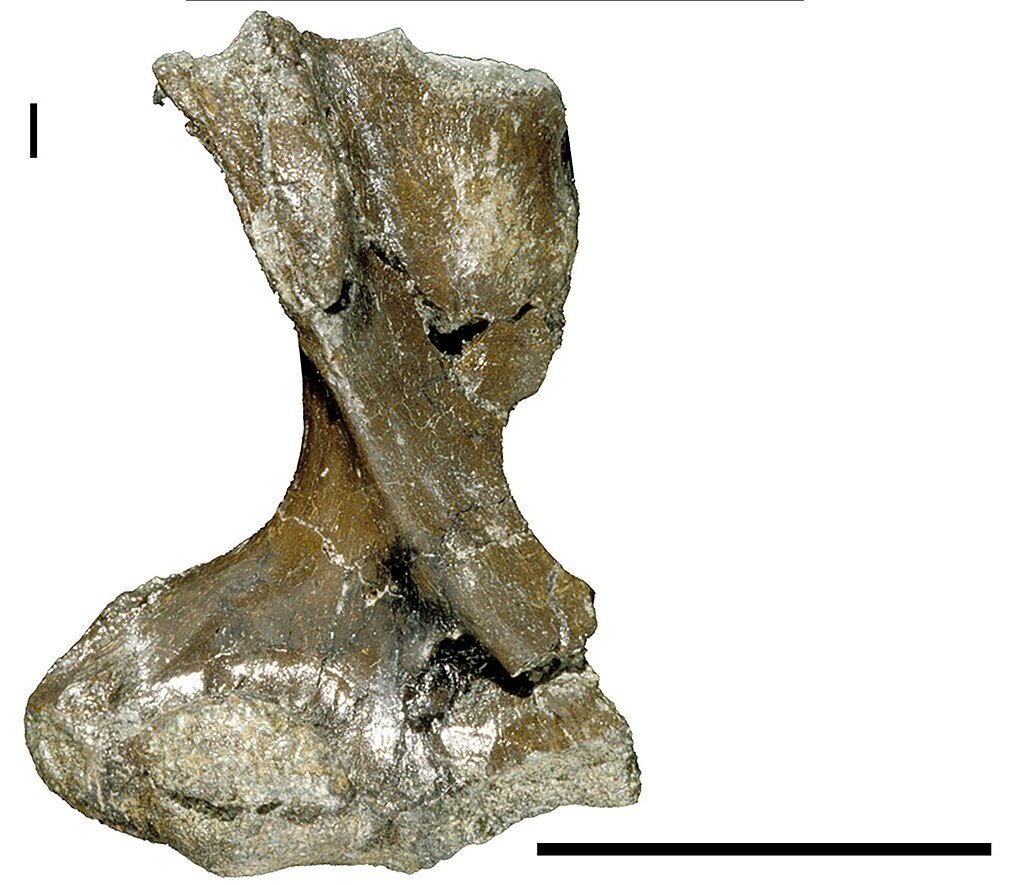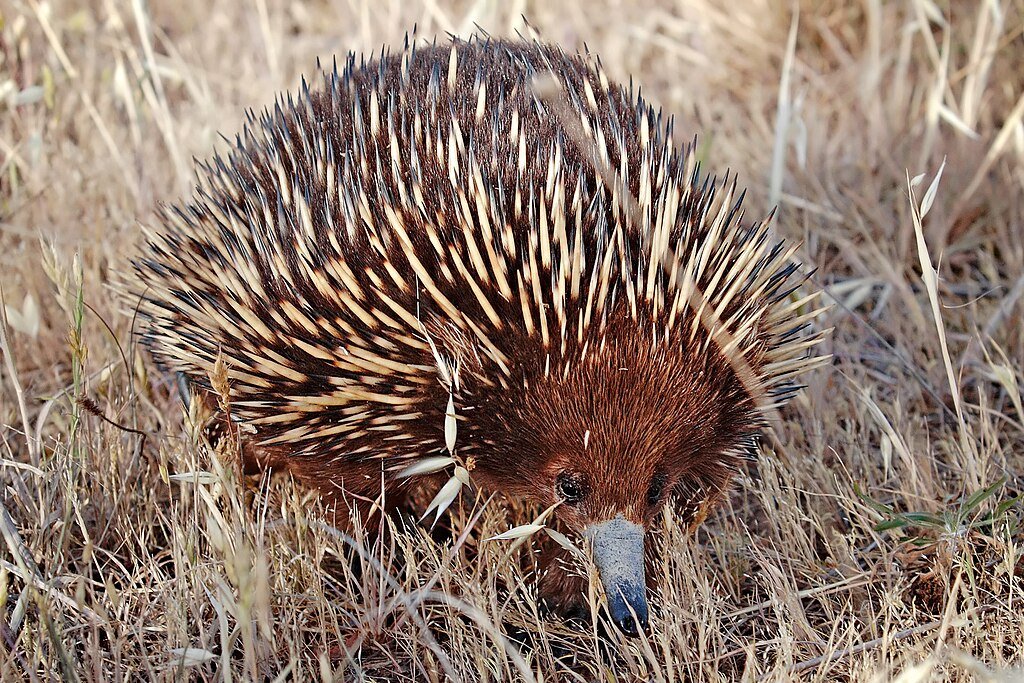A newly analyzed fossil has revealed surprising insights into the evolutionary history of echidnas, suggesting that their ancestors may have lived in water before transitioning to a terrestrial lifestyle. This discovery challenges long-held beliefs about monotreme evolution and highlights a rare instance of mammals evolving from aquatic to land-based existence.
The Discovery of Kryoryctes Cadburyi

The fossil, a single humerus bone found at Dinosaur Cove in southeastern Australia, belonged to an extinct species known as Kryoryctes cadburyi. Initially discovered in the early 1990s, the bone was thought to resemble those of modern echidnas, leading scientists to believe it was an ancestor of these spiny mammals. However, new analysis using advanced scanning techniques has revealed structural features that suggest a semi-aquatic lifestyle, similar to that of the platypus.
A Rare Evolutionary Transition

While mammals typically evolve from land-dwelling ancestors to aquatic environments, the reverse is extremely rare. Researchers believe that echidnas may have descended from a semi-aquatic monotreme that later adapted to life on land. This finding reshapes our understanding of monotreme evolution, indicating that echidnas and platypuses share a more complex ancestral relationship than previously thought.
Implications for Evolutionary Biology
The study provides valuable insights into how environmental pressure can drive unexpected evolutionary changes. Understanding how echidnas transitioned from water to land could help scientists explore similar evolutionary shifts in other species. The discovery also underscores the importance of fossil analysis in uncovering hidden aspects of mammalian history.
Conclusion
The reexamination of Kryoryctes cadburyi’s fossil suggests that echidnas may have evolved from a semi-aquatic ancestor, challenging traditional views on monotreme evolution. As researchers continue to investigate this rare evolutionary event, their findings may offer broader insights into how species adapt to changing environments over time.
Source:




